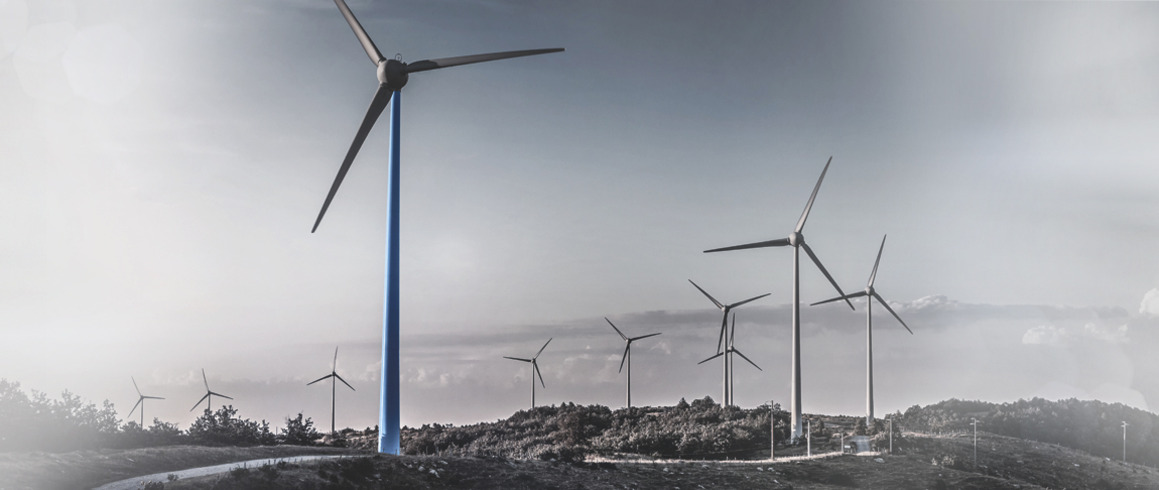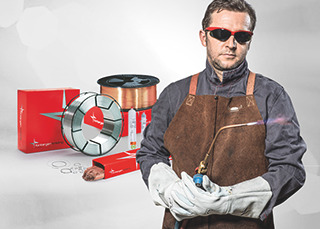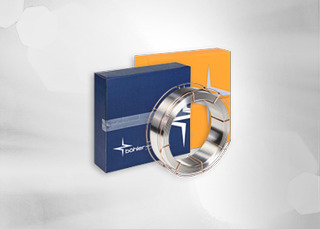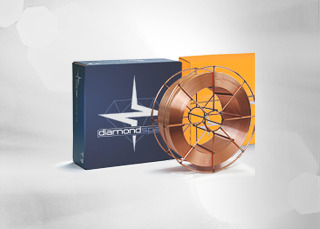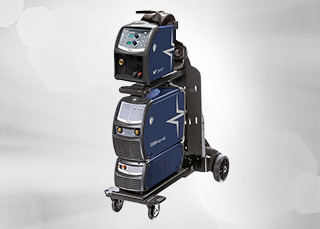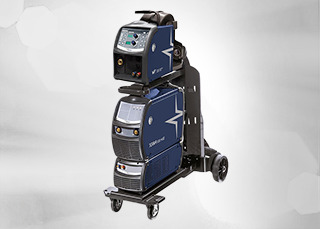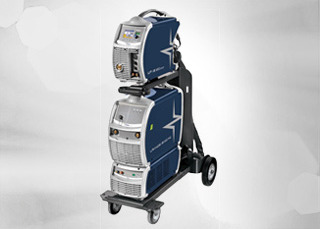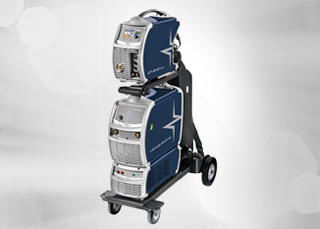For a Future Based on Green Energy
In order to achieve the net zero emission targets by 2050, wind power will and should make an important contribution. In addition to continuous capacity growth in onshore wind energy, we will see very strong growth in offshore wind, as the cost per MWh continuously decreases with the new generation turbines with larger hub height and greater rotor diameter, and manufacturing costs in the supply chain (construction) decrease due to economies of scale.
Welding is a key process in the manufacturing of major steel components:
- Wind towers (cans, flanges, door frame)
- Off-shore wind tower foundations (mono piles, transition pieces, floating, pin piles and jackets)
- Off-shore substations (jacket + platform)
voestalpine Böhler Welding has been continuously optimizing welding consumables for the various applications in wind energy to meet the new challenges resulting from increasing dimensions, weights and thicknesses, as well as from the growing use of steel grades with higher strength. We know how important it is to have a low defect rate while further minimizing welding time.
Some examples of specific product optimizations are:
- Very low level of hydrogen characteristics to avoid high preheat temperatures during production welding
- Use SAW flux without prior redrying: DRY SYSTEM
- Good operative characteristics to minimize weld defects with the best slag removal
- One consumable with a wide base material range, S355, S420 and S460-grades. No need to switch to other welding consumables.
- Suitable for high toughness requirements even at low temperatures of -60°C
- Special seamless cored SAW wire for increased deposition rates combined with very good mechanical properties. Applied in specific welding stations (bottle-neck) and grout beads.

